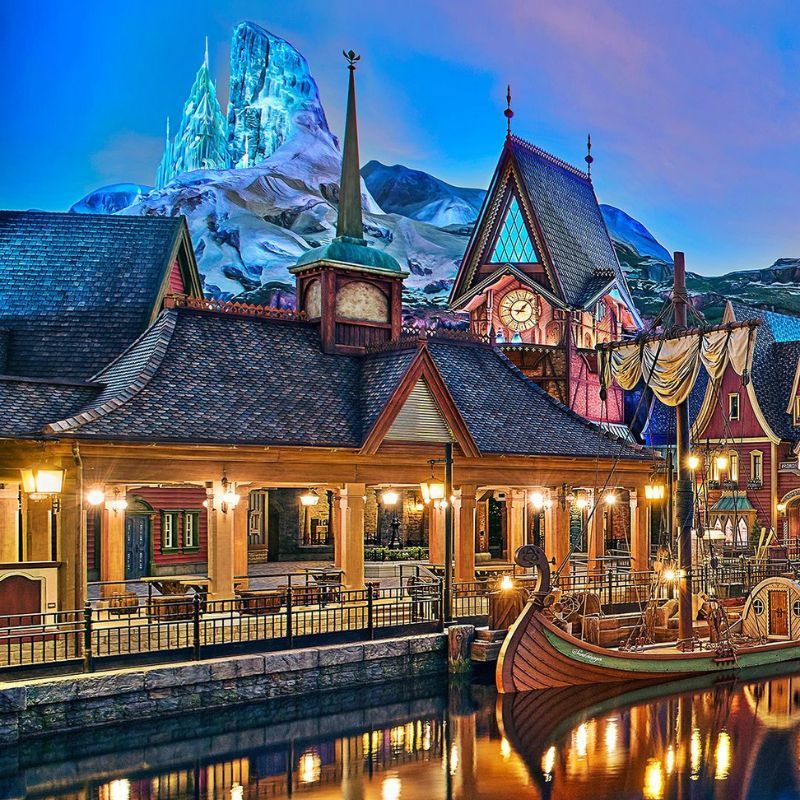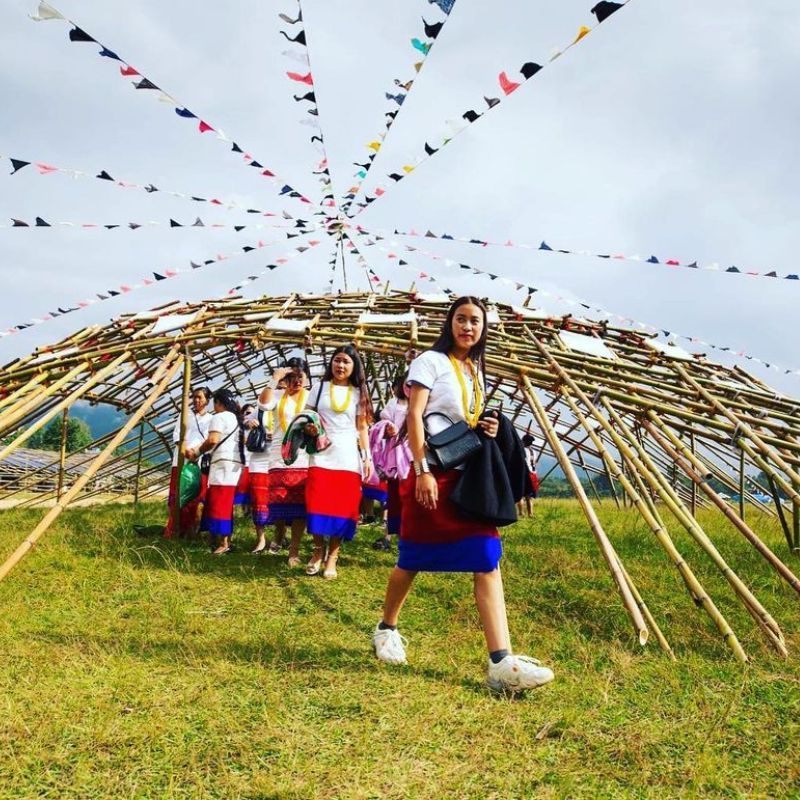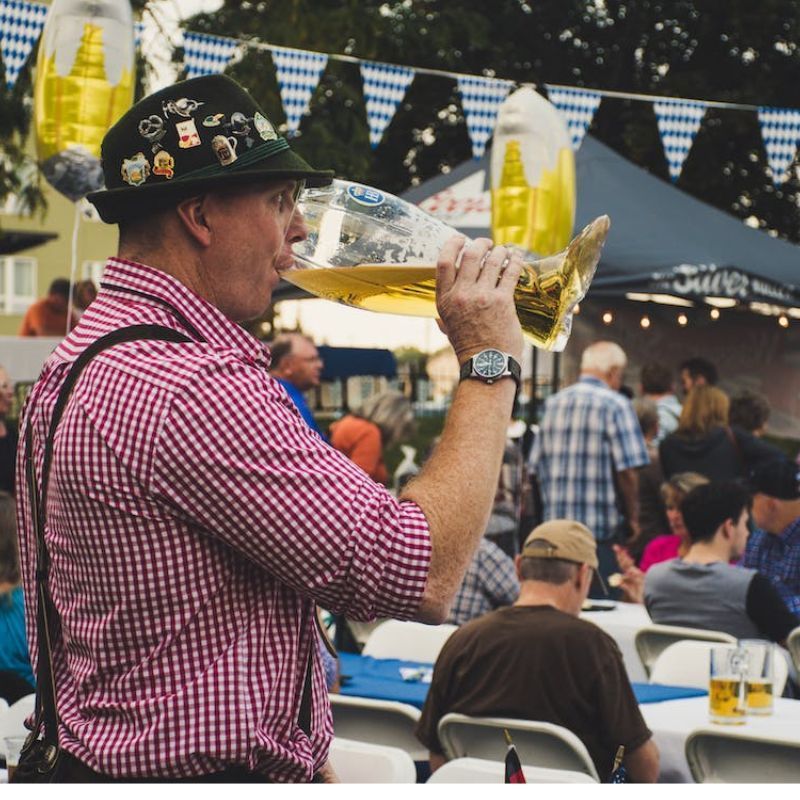
In many countries, December 31 is known as New Year’s Eve; in Scotland, it’s Hogmanay. Pronounced like “hog-muh-nay,” the celebration involves fireworks, lively street parties, several Scottish traditions — including one called the “first footing” — and the type of revelry synonymous with the United Kingdom’s northernmost country.
To find out more about Hogmanay, its origins, and the best ways to join in on the merry-making, we asked a few locals to share their knowledge, personal experiences, and the best tips for celebrating Hogmanay in Scotland.
Here’s how to ring in the New Year, Scottish style
What is Hogmanay?
“Hogmanay is a term rooted in Scottish culture, marking the final day of the departing year and a joyous welcome to the new year to come,” says Conor O’Leary, managing director at The Gleneagles Hotel. “It is our ‘New Year’s Eve’ celebration, characterised by a warm and welcoming atmosphere filled with abundant festivities.” Hogmanay is technically just one day, December 31, but the party is known to begin a couple of days prior and continue through January 2.
History and Origins of Hogmanay
While there is no clear answer about where or how the term was coined — some say it comes from hoginane, the French word for “gala day,” others believe it has Gaelic, Scandinavian, or Old English origins — one thing’s for sure: Hogmanay has a long history in Scotland. The holiday purportedly has roots in the Viking celebration of the Winter Solstice as well as Samhain, the Celtic Pagan celebration of the end of the harvest season. It wasn’t until the 16th-century Scottish Reformation, however, that Hogmanay solidified itself in Scottish culture.
At this point in time, the festivities and celebrations around Christmas were seen as lavish, extravagant, and tightly connected with Catholicism. In 1640, the Scottish Parliament officially banned Christmas; it became illegal to celebrate “Yule vacations.” “Parties and feasting were considered a distraction from the focus on Christian values, but there were no such restrictions surrounding the new year. So festivities were traditionally saved for Hogmanay, the last day of the old year,” explains Gareth Davies, tour guide at Edinburgh Expert Walking Tours. “The Scots would have worked as usual over Christmas, but got two days’ holiday at New Year instead — as we still do in Scotland,” he adds.
The ban was officially lifted in 1712, but the church continued to look down upon any festivities. And it wasn’t until 1958, nearly four centuries later, that Christmas became a public holiday in Scotland. “Think of Charles Dickens’s ‘A Christmas Carol.’ Part of the original subtext of the story was that Ebenezer Scrooge was Scottish. Not just because he was mean and miserable, but because he expected to work on Christmas Day, as he might have been used to in Scotland,” says Davies.
Book your stay at The Balmoral Hotel via Booking.com
Book your stay at The Balmoral Hotel via Agoda.com
Traditional customs and rituals of Hogmanay
“Everyone tends to have their own customs when it comes to Hogmanay, however, one of the most unique traditions I’ve come across is ‘first footing,’” says O’Leary. “When the clock strikes midnight, if you’re the first to cross the threshold at home, it’s good luck — and it’s said that the first footer influences the tone of the upcoming year.”
“Being the first into someone else’s house, usually a neighbour’s or friend’s, with a drink or a lump of coal is a fantastic tradition,” echoes Mark Donald, head chef at The Glenturret Lalique Restaurant. If the first footer has dark hair, even better. It’s believed that a “dark-haired man” brings the best luck, an idea that harkens back to the Viking Age — when someone with light hair showing up at your house might not have been great news.
Fire celebrations (firework displays, torch-lit processions, and bonfires) also play a key role in Hogmanay. A nod to the celebration’s Pagan origins, fire symbolises the sun’s return to the land as well as a way to ward off the evil spirits in the dark. The Scottish poet Robert Burns also has an important part in Hogmanay. “It wouldn’t be Hogmanay without a rousing rendition of ‘Auld Lang Syne’ at midnight,” says O’Leary.
Lastly, there’s the Scottish blessing for the new year. “‘Lang may yer lum reek,’ which I always think sounds faintly insulting… means ‘Long may your chimney have smoke in it,’ or more plainly, ‘Long may your fire burn,’” says Davies. It’s an expression of good wishes, good luck, and good fortune.
Popular Hogmanay events and celebrations
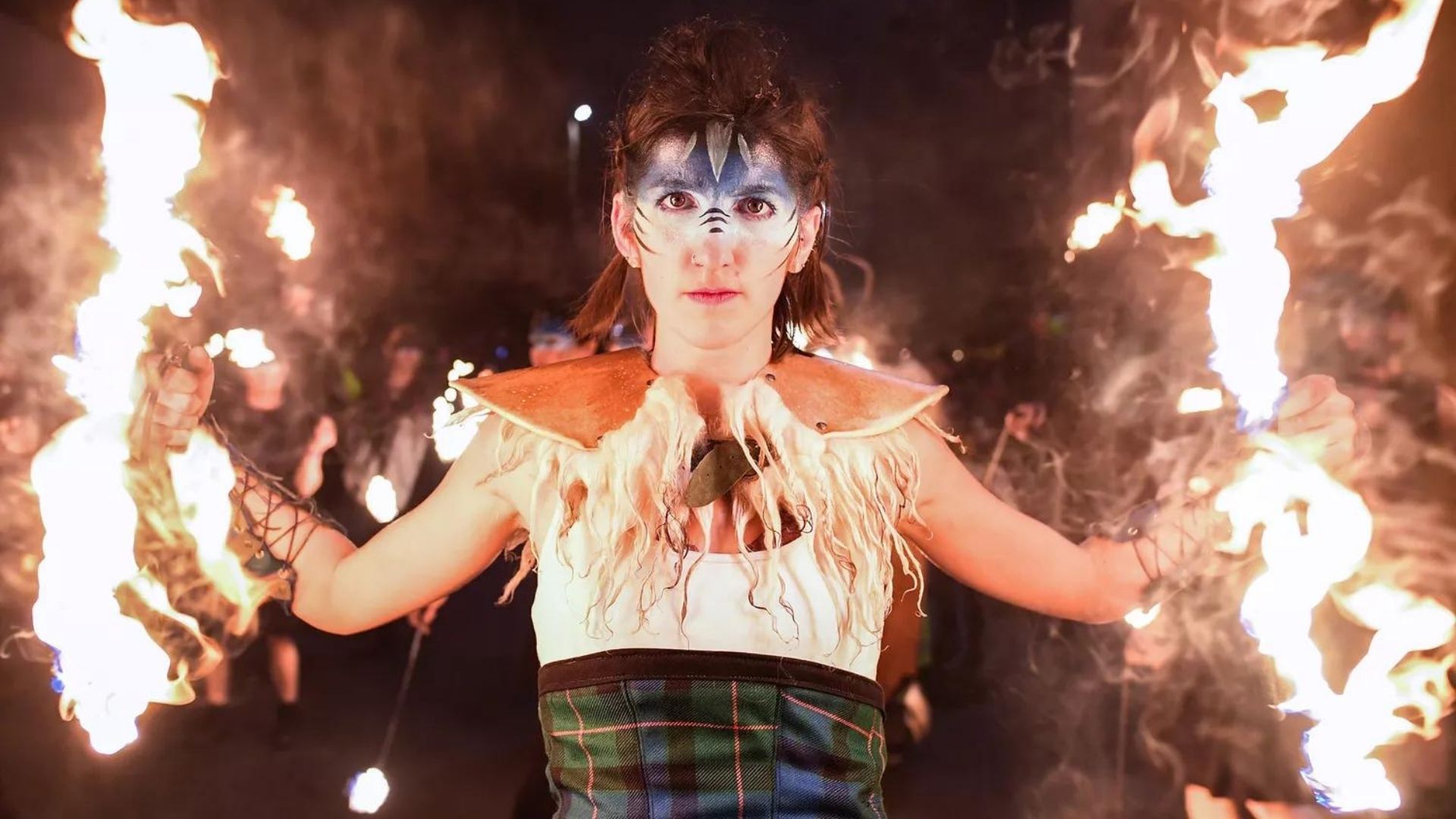
To get the full Hogmanay experience and take part in the largest celebration in Scotland, head to Edinburgh. “There are often a whole host of events staged to celebrate Hogmanay — street theatre, ceilidhs (Scottish dancing), Christmas markets, and a parade through the Old Town with people holding flaming torches,” says Davies.
The festivities happen all over the city, but you’ll need tickets for the two main events: Edinburgh’s Hogmanay Street Party and the Torchlight Procession. “The city hosts a street party on Princes Street in the New Town. Live bands perform in Princes Street Gardens, and around 40,000 people gather on the street for a huge fireworks display at midnight,” says Davies. During the torchlight procession, 20,000 people, all holding burning candles or procession wristbands, make their way through Old Town in celebration of the upcoming year.
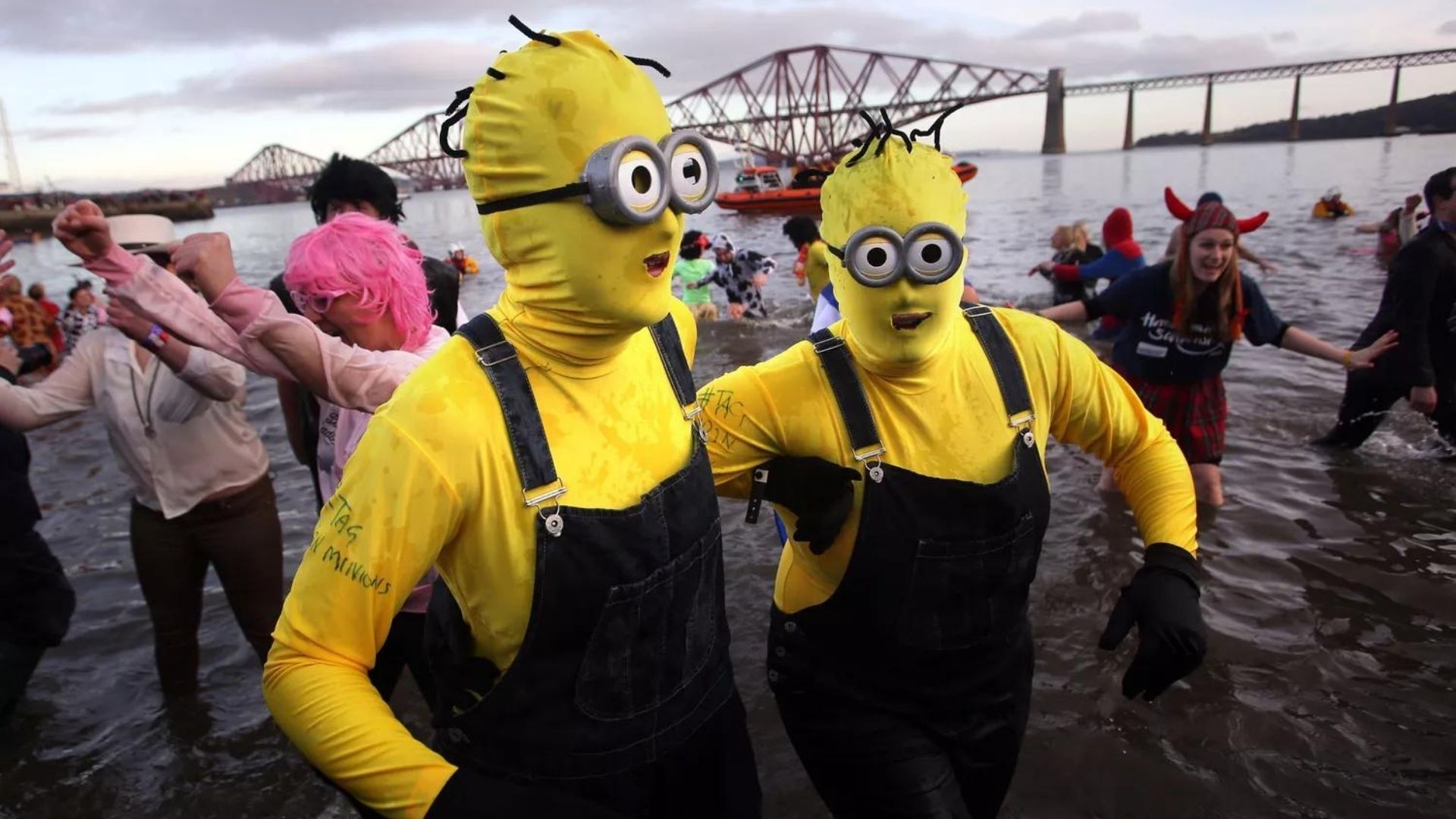
If you stick around the next day, and you’re looking for a way to get rid of a hangover, consider a dip in the ice-cold Firth of Forth. According to Davies, “On January 1, there’s a traditional event known as the Loony Dook, when people go swimming in the sea off the coast outside Edinburgh — often in colourful costumes or to raise money for charity.”
Stonehaven, a Scottish harbour town on the northeast coast, also has a firm handle on Hogmanay celebrations. During the Stonehaven Fireball Festival, about 40 locals make their way up and down High Street at midnight, swinging flaming balls in wire cages above their heads. The goal is to create a fireball that will burn for the longest amount of time, but the fireball swinging typically ends after 20 or so minutes. At this time, an incredible display of fireworks is shot off just south of the harbour.
Shop the best travel experiences here
Tips for celebrating Hogmanay as a tourist
Do your research — and stay organised
Hogmanay is an exciting time, particularly in Edinburgh. That means you’ll have to be prepared to battle large crowds, navigate your way to popular events, and pre-arrange activities. “There are so many thousands of people trying to party in the city that you will need to ensure you have tickets for the street party, or for some other gathering, well in advance of the night itself,” says Davies. He also suggests booking any dining reservations ahead of time, as “many bars and restaurants host special Hogmanay or New Year events.”
Other things to note are the disruptions to Edinburgh transport and schedules. “Many shops and cafes will close early on December 31… and public transport is often suspended or rerouted, making it difficult to get around if you’re not familiar with the city,” he warns.
Go into the celebrations well-rested, and ensure your social battery is fully charged
“Make sure you have plenty of stamina; it can usually go on until the wee hours of the morning,” says Chef Donald. Introverts will also need to be ready for extra socialisation. “Be prepared to talk to more strangers than you have ever before. Everyone is up for a chat on Hogmanay. Don’t shy away from it; you’ll always meet some interesting people,” he adds.
Dress for the occasion
Pack your hat, gloves, thick socks, and a scarf; outdoor Hogmanay festivities can get cold. “If you’re planning to spend a few hours at the street party or at the torchlight parade, you will need to make sure you have plenty of layers,” says Davies.
Not into crowds or loud festivities? Find another way to celebrate
“A street party is always fun but can be quite loud and busy. If that’s not your thing, then maybe rent a cabin up north and kick off the new year in plenty of fresh air and stunning views,” says Chef Donald. He suggests destinations like Oban, the Isle of Skye, the Isle of Mull, and the Hebrides.
Have a plan for January 1 and 2
“Be aware that both January 1 and 2 are public holidays, so after the celebrations on December 31, many places will be closed for one or both of the next two days — and that can include museums and galleries, shops, and restaurants,” says Davies. Plan your travels accordingly.
Book your stay at The Gleneagles Hotel via Booking.com
Book your stay at The Gleneagles Hotel via Agoda.com
(Hero and feature image credit: George Clerk/Getty Images)
This story first appeared on travelandleisure.com
Related: 25 Best Things To Do In Scotland, According To Local Experts




